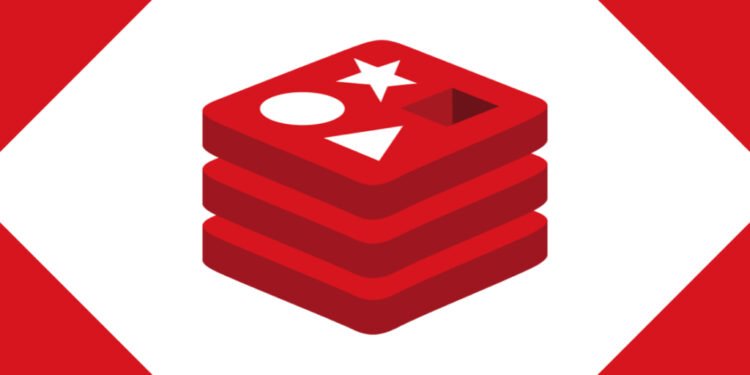For years, Redis has been the quiet workhorse behind the world’s most demanding cloud applications. It powers everything from authentication tokens to real-time analytics, caching sessions for banking apps, streaming platforms, and Fortune 500 workloads. It’s trusted. It’s fast. It’s everywhere.
And now — it’s exposed.
A newly disclosed vulnerability, tracked as CVE-2025-49844, has shattered that trust. Security researchers warn that nearly 75% of Redis-powered environments could be susceptible to remote code execution (RCE), full data theft, or even complete system takeover — all without authentication in many cases. In the wrong hands, this flaw is more than a bug. It’s a skeleton key to cloud infrastructure.
Why This Vulnerability Is So Dangerous
Most exploits require some level of access — credentials, session hijacking, or a misconfiguration chain. This one does not.
CVE-2025-49844 abuses a fundamental weakness in how Redis handles trusted connections and certain command sequences under specific deployment patterns. In setups where Redis is:
-
Exposed directly to the internet,
-
Running without authentication (still shockingly common),
-
Or communicating across internal cloud networks without isolation…
…an attacker can issue crafted commands to inject malicious payloads into memory, execute arbitrary code at system level, and pivot deeper into the environment.
In simpler terms: Redis becomes a remote shell. Not just to Redis — to the entire server, container, or VM hosting it.
And because Redis is often embedded into Kubernetes clusters, Docker containers, serverless functions, and even edge nodes, compromise doesn’t stop at a single box.
It spreads.
How Attackers Could Exploit It — Realistically
Let’s be blunt: this is not a theoretical CVE sitting quietly in a database. Attackers don’t wait for patch cycles — they scan 24/7.
Here’s how real-world exploitation would likely unfold:
-
Scan for Redis instances listening on default ports (6379 or variants).
-
Identify versions or configurations susceptible to CVE-2025-49844.
-
Inject malicious Lua scripts or binary payloads via command sequences.
-
Gain remote code execution on the host machine.
-
Use that foothold to pivot — dump environment variables, steal cloud credentials, access internal APIs.
-
Target persistence: schedule cron jobs, drop backdoors, or inject malware.
-
Exfiltrate or encrypt data — or sit silently for espionage.
This is classic post-exploitation playbook access, handed to attackers with minimal effort. If left unmitigated, it won’t just breach systems — it will collapse entire cloud networks.
“But My Redis Is Internal — I’m Safe”… Right?
Wrong.
A common misconception is that Redis is protected just because it isn’t directly exposed to the internet. While that may reduce risk, it does not eliminate it.
In fact, internal-only Redis deployments can be more dangerous in certain breach scenarios:
-
If an attacker already has phishing-based foothold in an internal workstation…
-
Or compromises a single unpatched microservice…
-
Or exploits a leaky CI/CD credential…
They don’t need external access. Redis becomes the pivot point to move laterally across nodes, exfiltrate cached data, or hijack tokens.
CVE-2025-49844 turns Redis from a cache into a control panel.
What Makes This Different from Past Redis Flaws
Redis has had misconfiguration issues in the past — but this one combines both configuration AND internal protocol weakness. That’s what makes it uniquely catastrophic:
| Past Redis Risks | CVE-2025-49844 Impact |
|---|---|
| Required manual misconfigurations | Can be triggered in otherwise legitimate setups |
| Affected only unsecured instances | Can impact secured but exposed or implicit-trust environments |
| Limited to data manipulation | Allows remote code execution and full OS compromise |
This is no longer about “protecting your cache from tampering.” This is about protecting your infrastructure from being absorbed.
What Enterprises Must Do — Immediately
If Redis is anywhere in your stack — treat this as a live fire drill.
Here’s the minimum baseline response:
-
Identify every Redis instance across cloud, containers, clusters, and edge. Shadow Redis deployments are common.
-
Check versions and configurations for exposure to CVE-2025-49844.
-
Lock down access immediately — disable open network bindings, require authentication, and firewall off non-essential routes.
-
Force patch cycles across staging and production simultaneously. Waiting for your usual maintenance window is not an option.
-
Instrument monitoring for suspicious Redis command usage or outbound callbacks.
The Bigger Lesson: Convenience Breeds Complacency
Redis was beloved because it was fast, simple, and “trust-based.” It rarely required complex authentication. It lived quietly in the background. It just worked.
But that convenience has now become a weapon.
Cloud infrastructure isn’t just being attacked at the perimeter anymore — it’s being hijacked from its internal organs.
So ask yourself:
-
Do you really know who’s talking to your internal services?
-
Do you really know which cloud components are trusted without question?
-
Does your security model assume internal equals safe?
Because attackers don’t see “internal” or “external.” They see pathways.
The Takeaway
Redis isn’t the problem. Blind trust is.
CVE-2025-49844 is more than a bug — it’s a spotlight on the fragility of cloud architecture built on assumed safety. The next breach won’t start at your login screen. It’ll start inside your infrastructure — quietly, instantly, and invisibly.
If Redis is part of your stack, you don’t just have a performance accelerator.
You might have a silent backdoor.
And now that the world knows about it — someone else will knock on it if you don’t bolt it shut first.


















